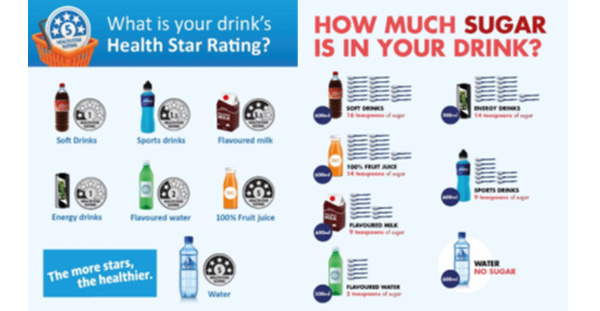Child and adolescent-targeted food marketing has been closely scrutinised as a potential contributor to the obesity epidemic. Such food advertising influences children’s food preferences, purchases and consumption and is a probable casual factor in childhood obesity.
Through a series of four behavioural science studies led by Associate Professor Helen Dixon, we are investigating the barriers and enablers to empowering children and adolescents to make healthy food choices.
One of these donor-funded studies, ‘reducing sugary drink consumption among teenagers’ examined whether point of sale (POS) information about the nutrition content and potential health effects of sugary drinks promotes healthier drink choices among teenager.
A/Prof Dixon also explored whether impacts of POS information on teenager’s drink choices vary based on whether participants have been exposed to Cancer Council Victoria’s sugary drink campaign (13 Cancers).
A/Prof Dixon and her team conducted this study in October/November 2019 to coincide with Cancer Council Victoria’s 13 Cancers mass media campaign, which highlighted the link between sugary drinks, obesity and 13 cancers.
 Point-of-sale signs for Health Star Ratings & Teaspoons of Sugar respectively
Point-of-sale signs for Health Star Ratings & Teaspoons of Sugar respectively
925 teenagers who regularly consume sugary drinks (average age 15 years) participated. Data collection was completed by i-Link, an online survey provider. Data analysis was completed inhouse by Maree Scully & Helen Dixon.
Cognitive responses (e.g. ease of understanding, learning something new) were more favourable for the sugar content point of sale (POS) sign. This sign also promoted stronger emotional responses (e.g. surprise). Teenagers who saw the sugar content POS sign rated sugary drinks as less healthy and were more likely to accurately estimate the number of teaspoons of sugar in soft drink than teenagers in the other conditions. POS signs did not promote a reduction in the number of teens who chose a sugary drink in the purchasing preference task.
These insights will help inform future prevention campaigns and messages aimed at teenagers.